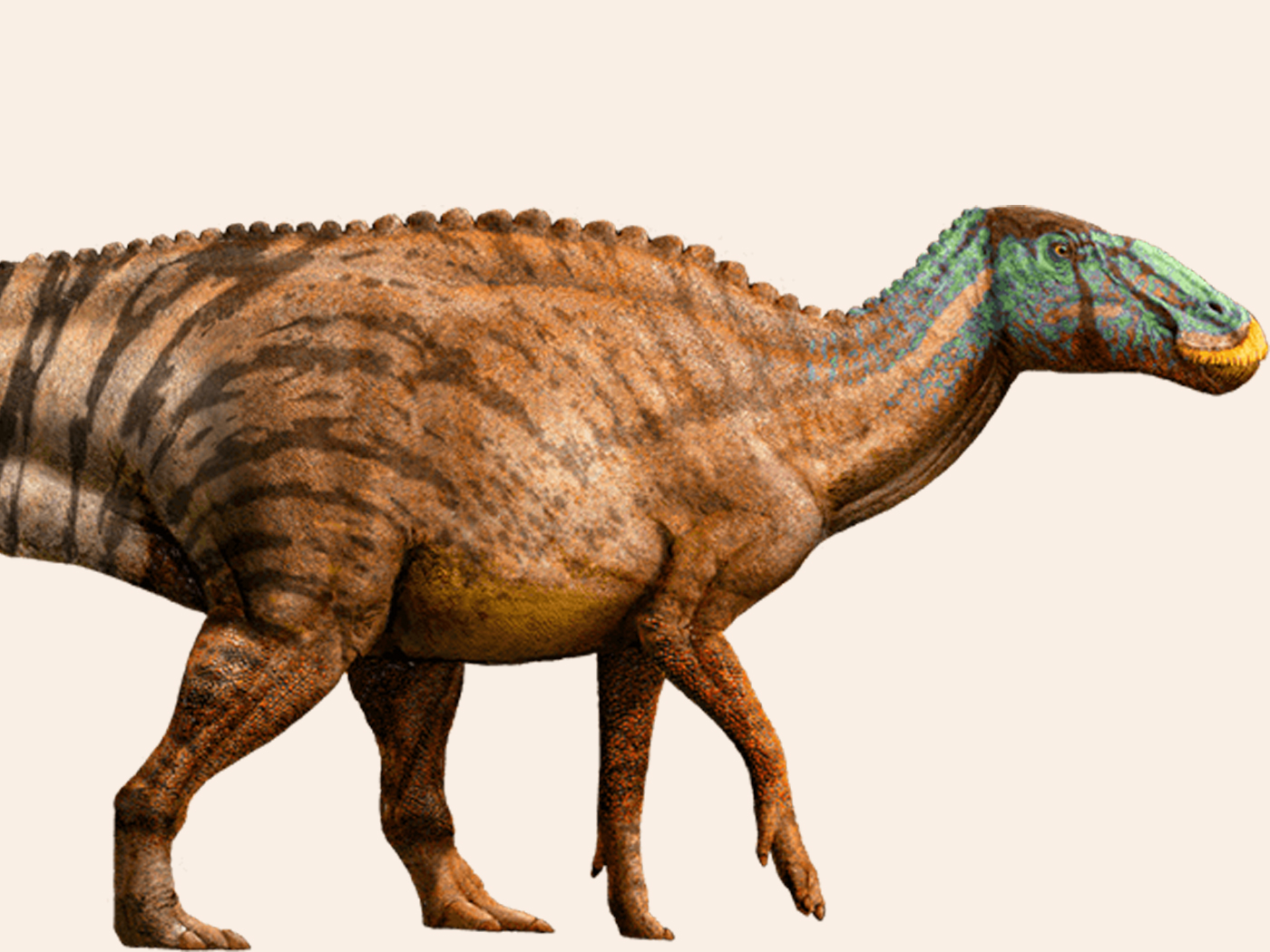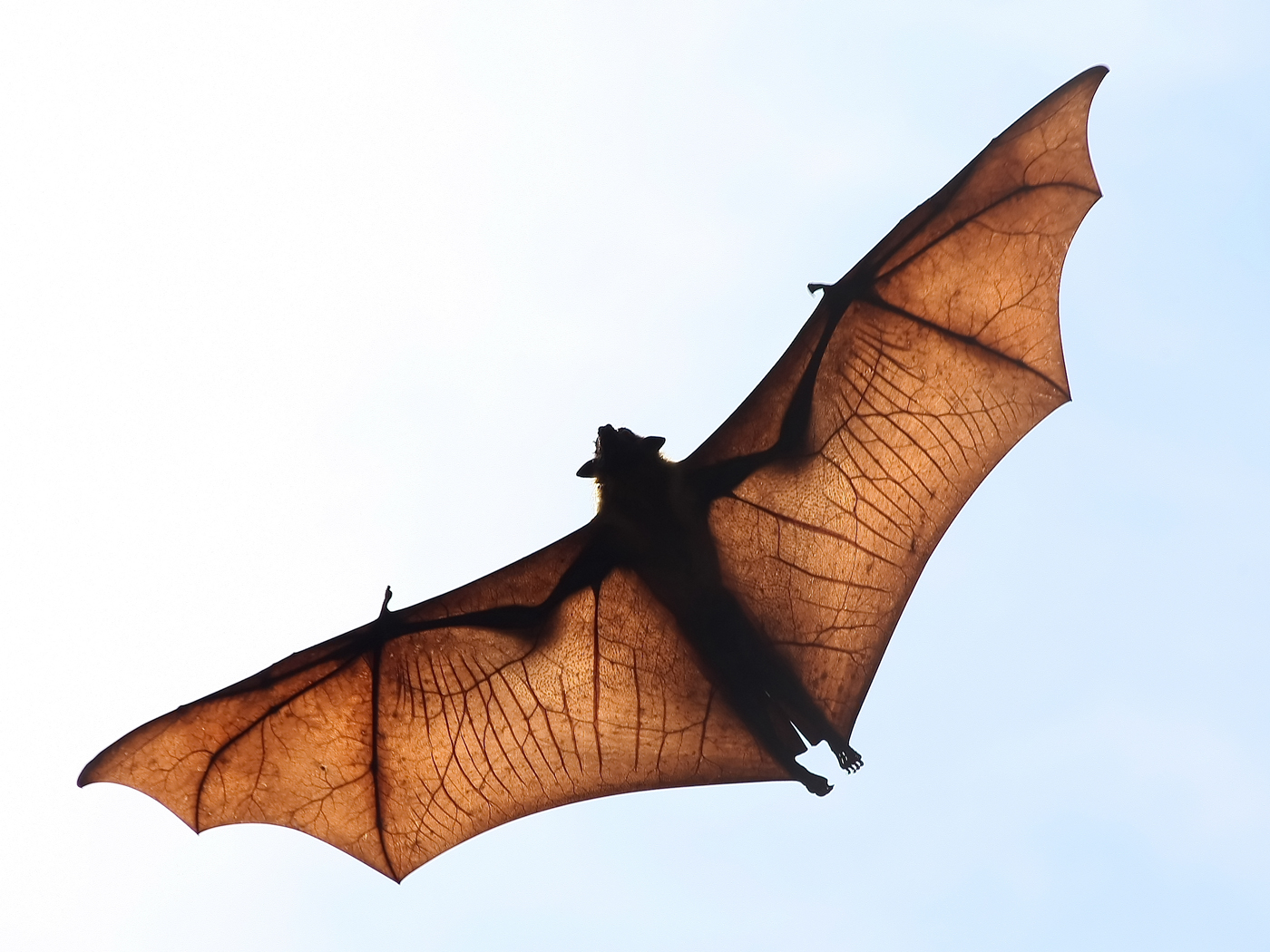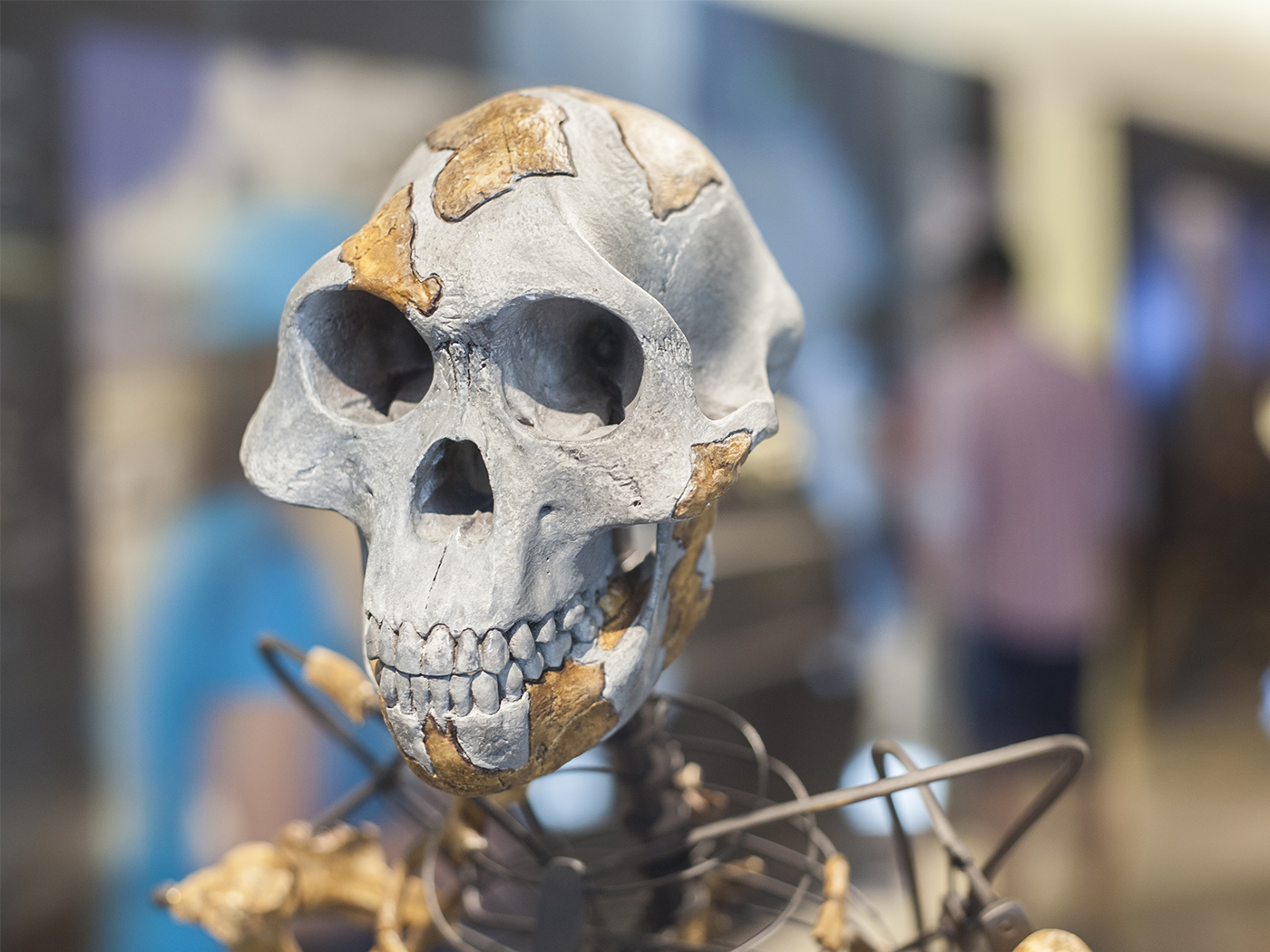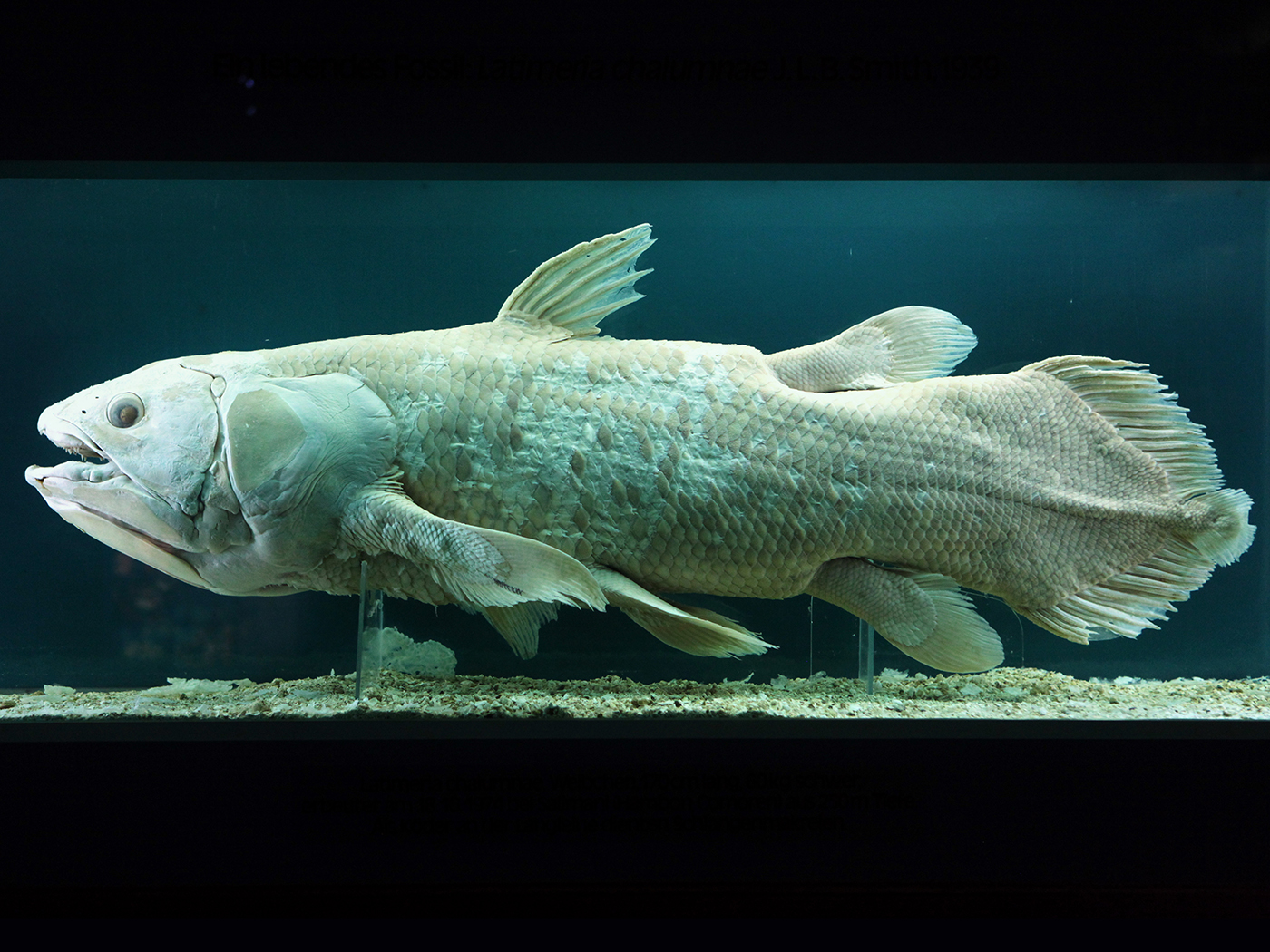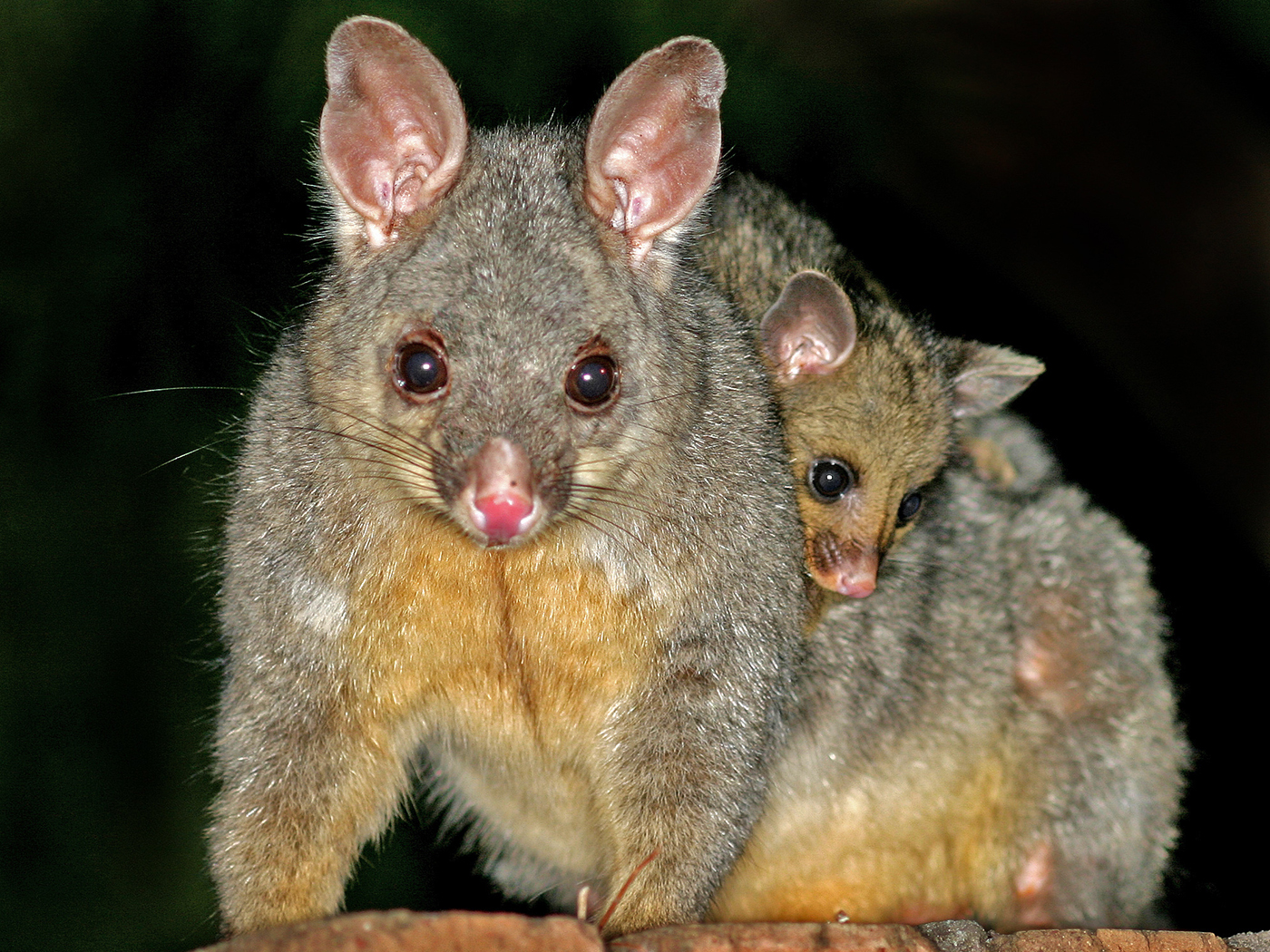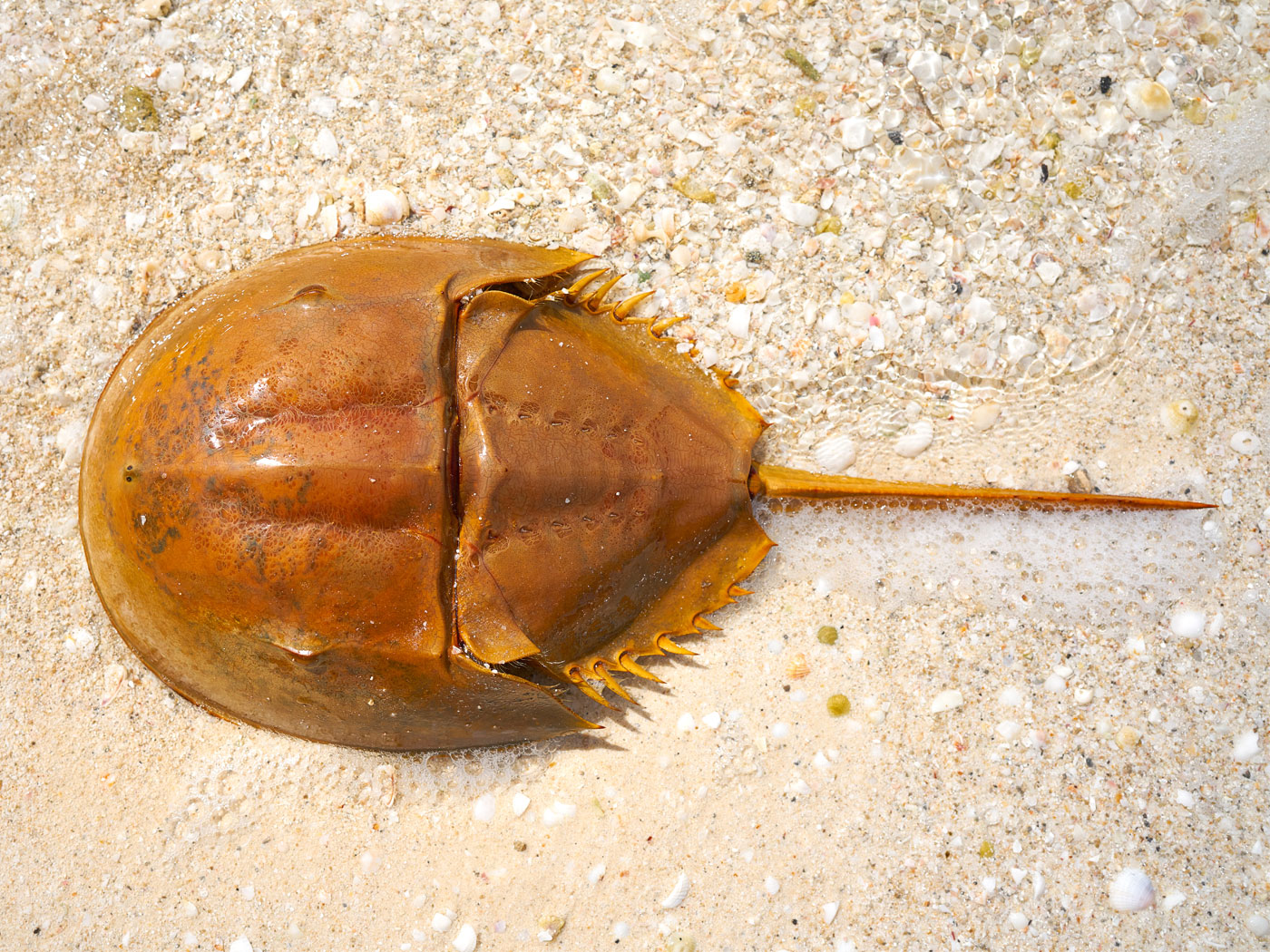
Change in Plant Fossils at K-Pg Fits Flood Model
A new study published in Paleobiology has found that many plant species changed dramatically at the K-Pg (Cretaceous-Paleogene) boundary in Argentina.1 Although secular scientists insist this change is caused by an extinction event, the more likely explanation involves pre-Flood environments and the progressive burial of ecosystems in the global Flood.

Does Oddball Platypus Genome Reveal Its Origins?
How in the world did a creature as odd as the duck-billed platypus originate? This creature lays eggs like a reptile, has venom like a reptile, spurs like a chicken, excretes milk from belly patches to nurse its young, has fur that glows, webbed feet like a duck, and uses its sensor-filled duck-like bill to find aquatic prey like paddlefish do since it swims with its eyes closed.

Hyperbaric Research and the Pre-Flood Atmosphere
Creationists have long speculated about the earth’s environment prior to the global Flood—conditions which may have contributed to the long human life spans recorded in the Biblical record of Genesis. Specifically, it has been hypothesized by some that the pre-Flood earth atmosphere had higher levels of oxygen and a greater atmospheric pressure than we currently observe.

Cretaceous Bird Beak Pecks Holes in Evolution
Rock layers in China have yielded yet another strange bird. Two features in its partial skull—the only parts found—make it both a unique discovery and a challenge to nature-only origins stories.

Babies Are Born Ready to Read
Dogs don’t read the words on a page. Neither did Coco, the famous gorilla that learned to communicate using simple hand signs. So what affords humans the unique ability to read and write, and why do we do it? These kinds of questions drive Zeynep Saygin’s research at Ohio State. Her team’s recent discovery sets the stage for some answers.






